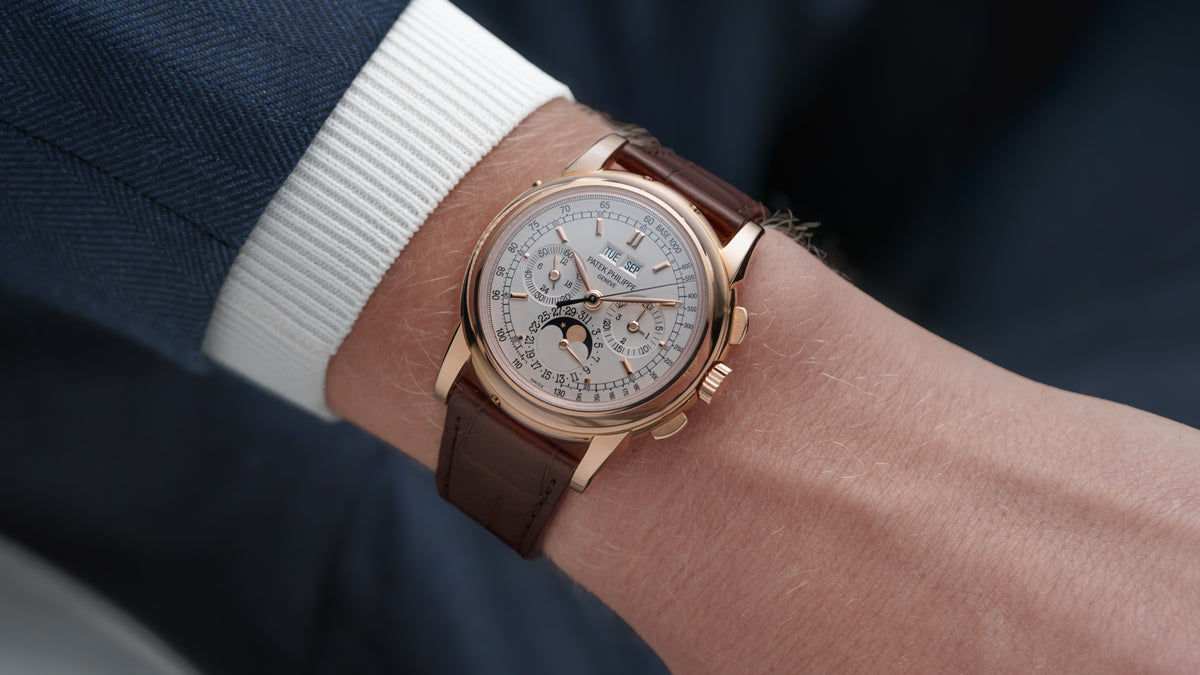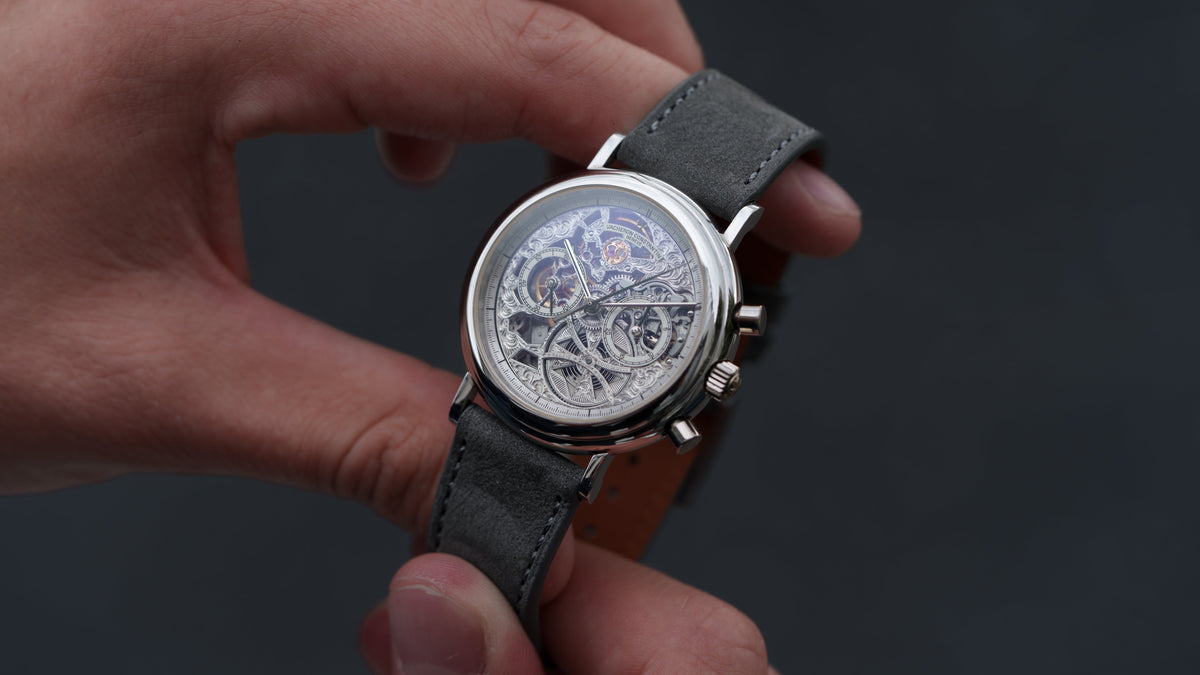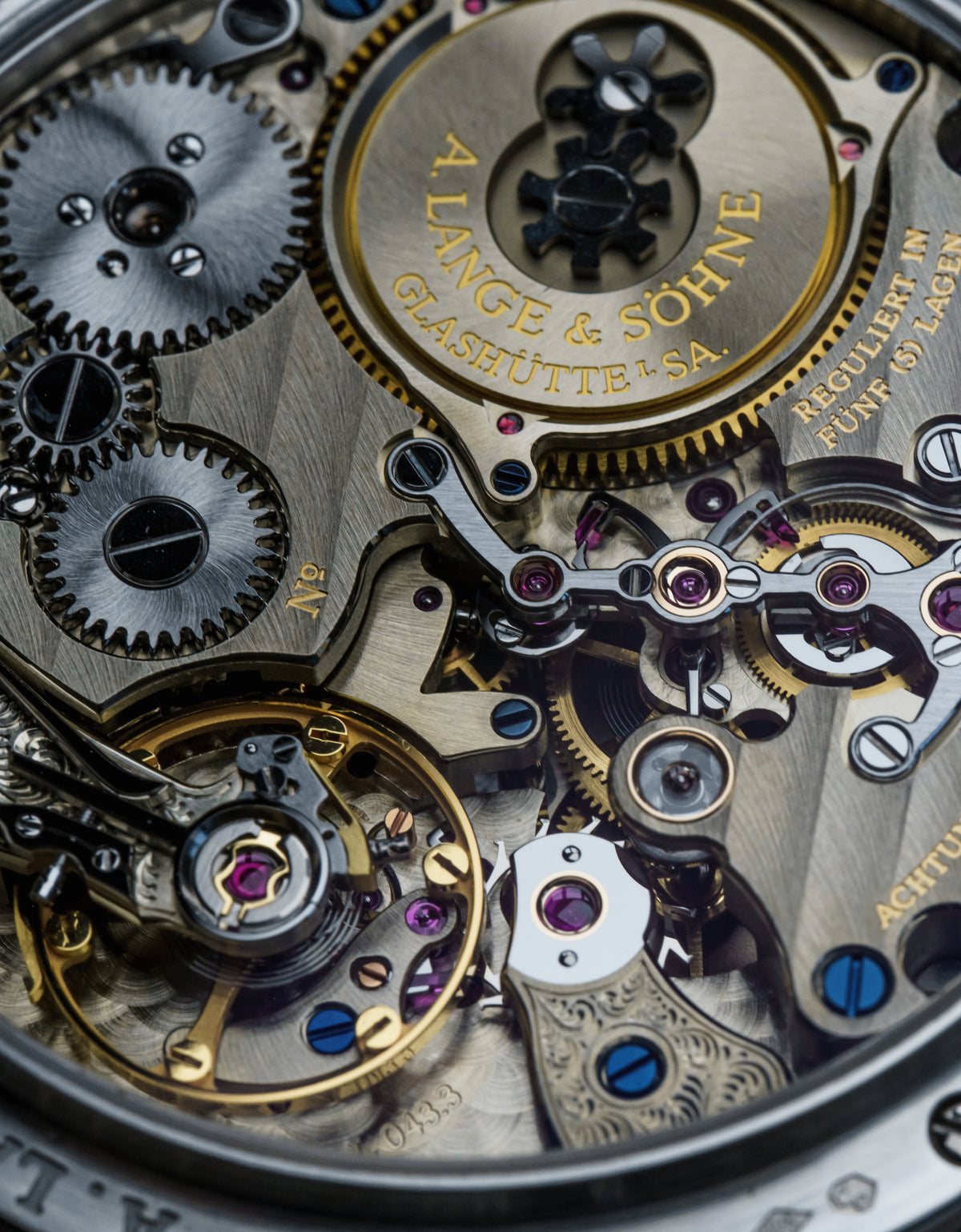Solo Dial 6240 Rolex Daytona
This is a Daytona with just one line of text. One. Walt Disney was said to repeatedly answer questions with, ‘observe the masses and the do the opposite.’ In the modern era, the Rolex Daytona has more script written at 12 than a Star Wars opening crawl. Today, it reads ‘Rolex Oyster Perpetual Superlative Chronometer Officially Certified Cosmograph’. There’s so much history behind each of these words today that I suspect Rolex will never remove them. But in the same way that I believe it would make sense for laws to only be enacted with expiration dates (or reconsideration dates) to prevent an overly burdened legal system, it’s time for Rolex reconsider each of these words; it’s time to consider the opposite. Meet the modern Cosmograph’s polar-opposite, the 6240 ‘Solo’ dial.
I adore a Paul Newman. I love everything they stand for excluding hype, snobbery, and that if you wear one in London you’ll lose your arm for it. The Paul Newman is elegant but loud. It’s Paul Newman in Venice on a Riva with a cig level cool. This, in Oyster Daytona-land, is the opposite vibe. Discreet, far rarer, and, for my money, more beautiful. The 6240 was in fact the first ‘Oyster’ Daytona with screw down pushers. The story goes nomenclature hadn’t caught on yet, hence solo. But actually, it’s a little more nuanced than that.


6239s were seen more frequently with solo dials and are definitely correct, as an ad from the time captured one. But the very earliest 6240s, serial range 1.2-1.4, were often seen with these dials too. The range is so small that some believe they were early service dials. Others, that they were Rolex using up old dial stock as they often did back then. To this day, no one knows for sure where solo 6240s came from: service, re-cased old dials, or less-scrupulous dealers. We only know that they exist in numbers and I’m here to talk about how sick this unicorn-rare dial is. Here’s the only way I can relate it.
In World War 2, resupply lines and merchant ships in the Atlantic were getting wrecked by German U-Boats, defenseless. It was a horrible job and many sailors lost their lives to torpedoes. To correct this, the British Royal Navy created a program for something called Q-ships. Q-ships were made to look like small, helpless merchant vessels in order to lure a Sub into a surface attack. However, they were incredibly heavily armored and armed with concealed naval guns, depth charges, and the works. Q-ships were decoys, a total wolf in sheep’s clothing. That’s what this 6240 is. At a glance, a humble early Oyster Daytona, non-PN. But if you get close, it’s like a nuke going off when a learned eye sees not a single other line than ‘Rolex’. Q-Watches. That has to be a new category. This is the archetype and how I wish it would return.

This example is great on surface. I want to urge caution to anyone seriously wading into the waters of acquiring a solo 6240, they are fraught with bad examples, far more than most references. You want to have a look at the dial under a loupe, as it’s also been known bad actors will scrape off lines of text and paint back over in black, Perezcope has uncovered two auction lemons in this way. I wouldn’t buy one without getting hands on for hours. That said, this example checks out compared to fonts for the Rolex and positioning on examples seen before. The 6240 case has the correct early ‘millerighe’ pushers (mille righe is Italian for thousand lines). Early pushers were nickel-plated brass, later were steel. Both can be found in the millerighe shape. A single set of these pushers as parts is pushing (sorry, had to) 20K USD today. The case has seen a polish, but it’s not bad. Basically, this checks out for me based on what I can see but this is the sort of watch you really need to perform due diligence with. It comes from a well-regarded small retailer out of Japan.









































0 comments
Write a Comment